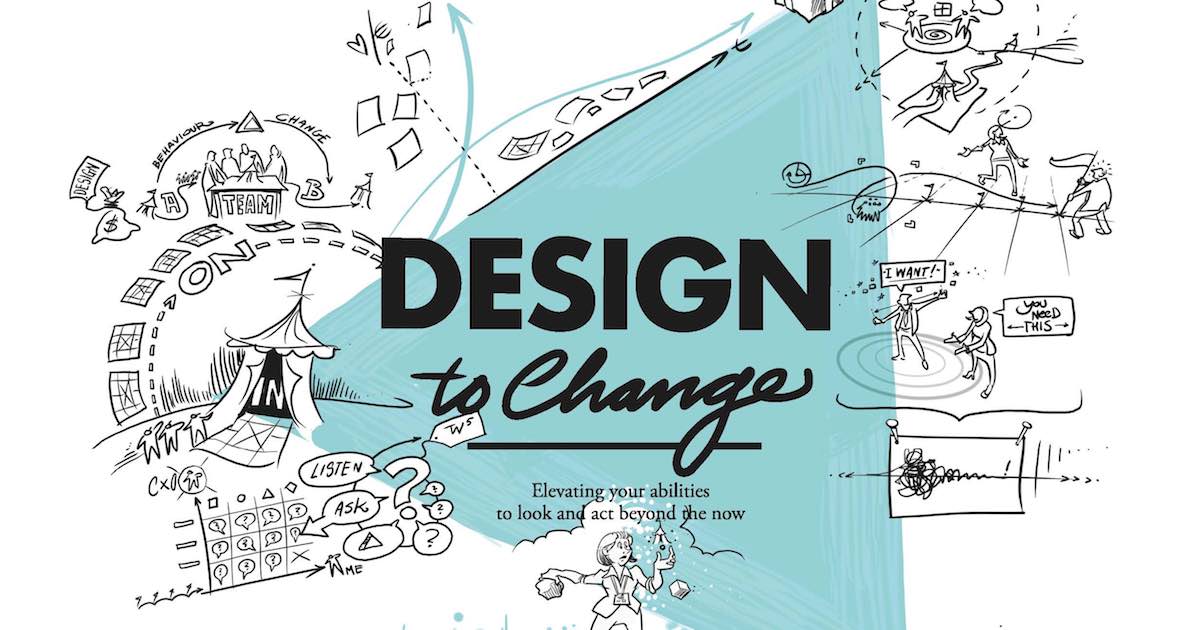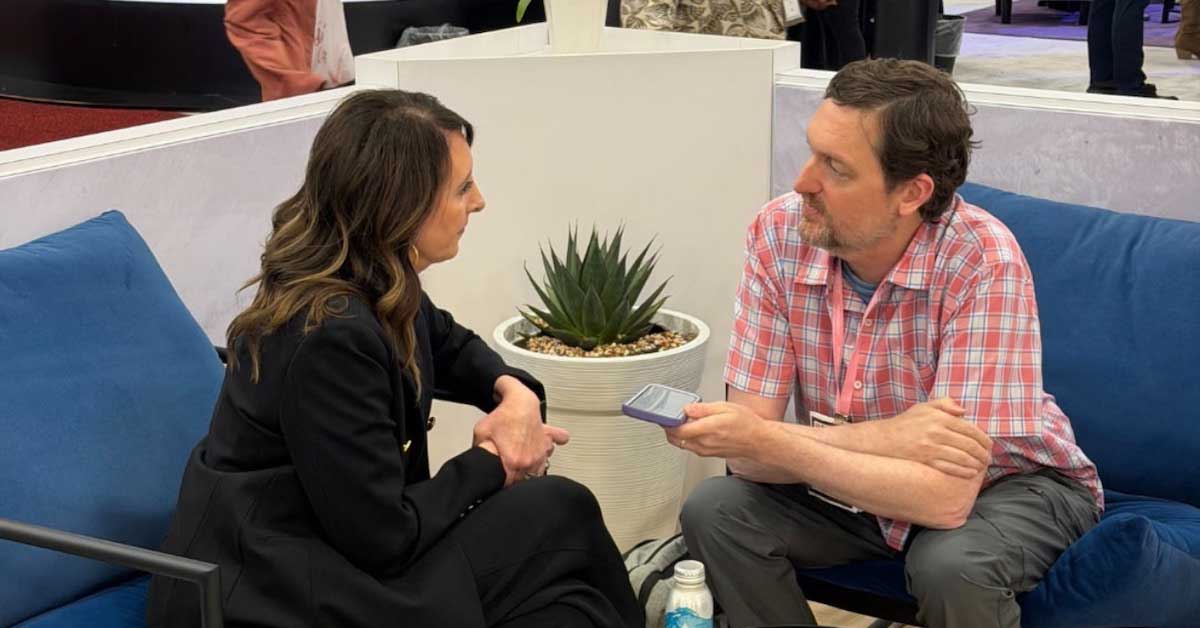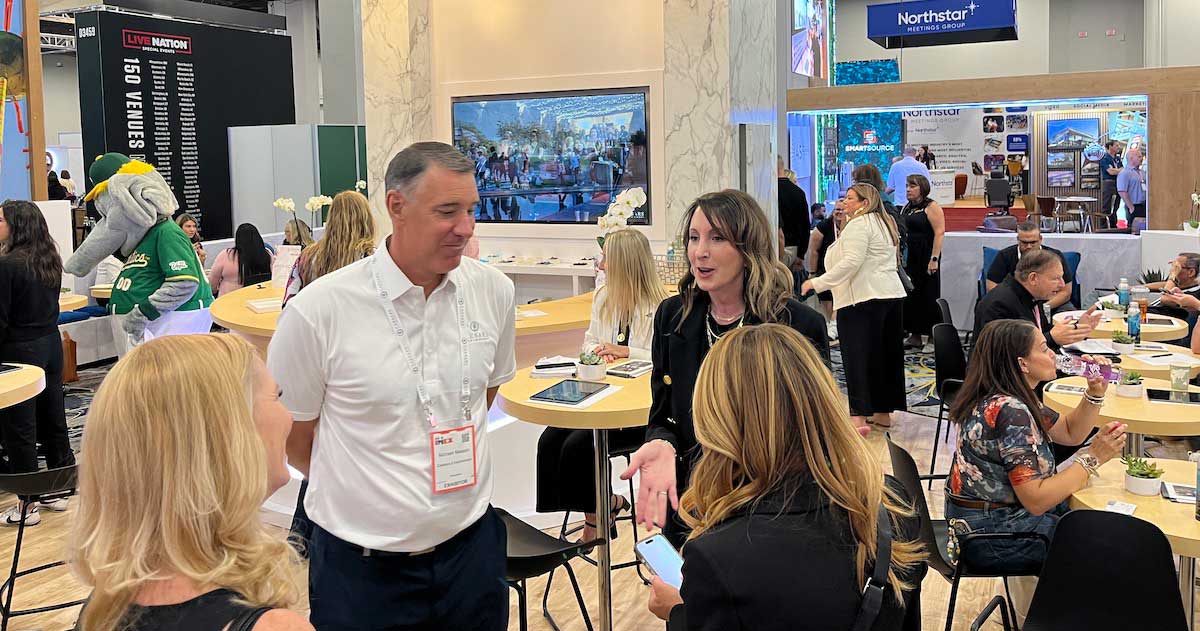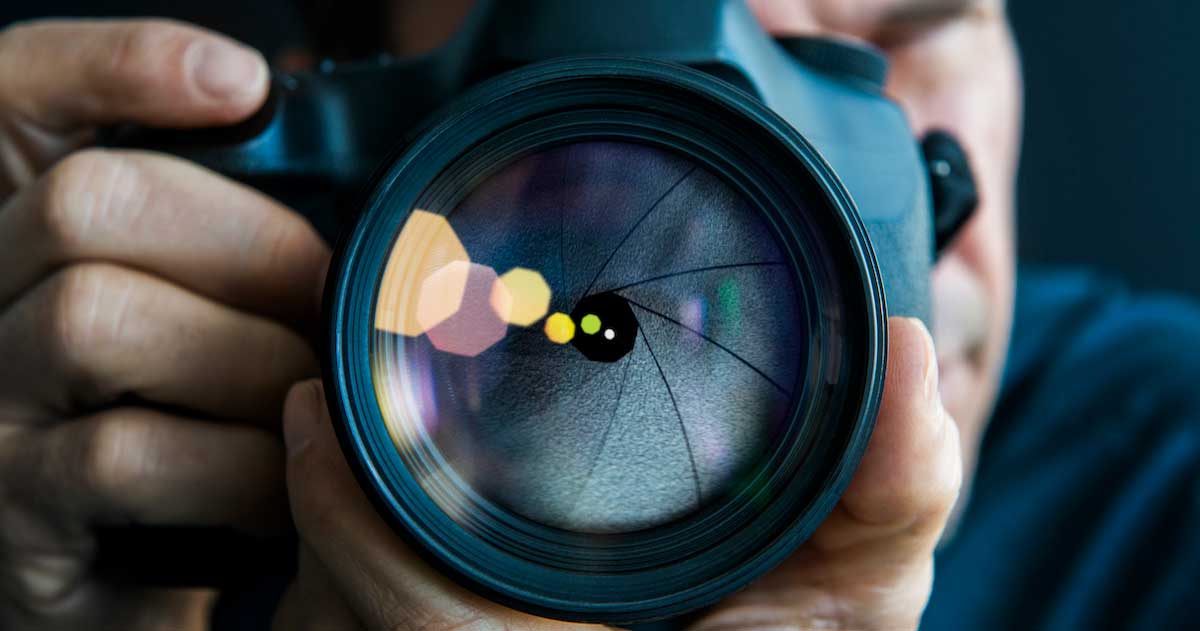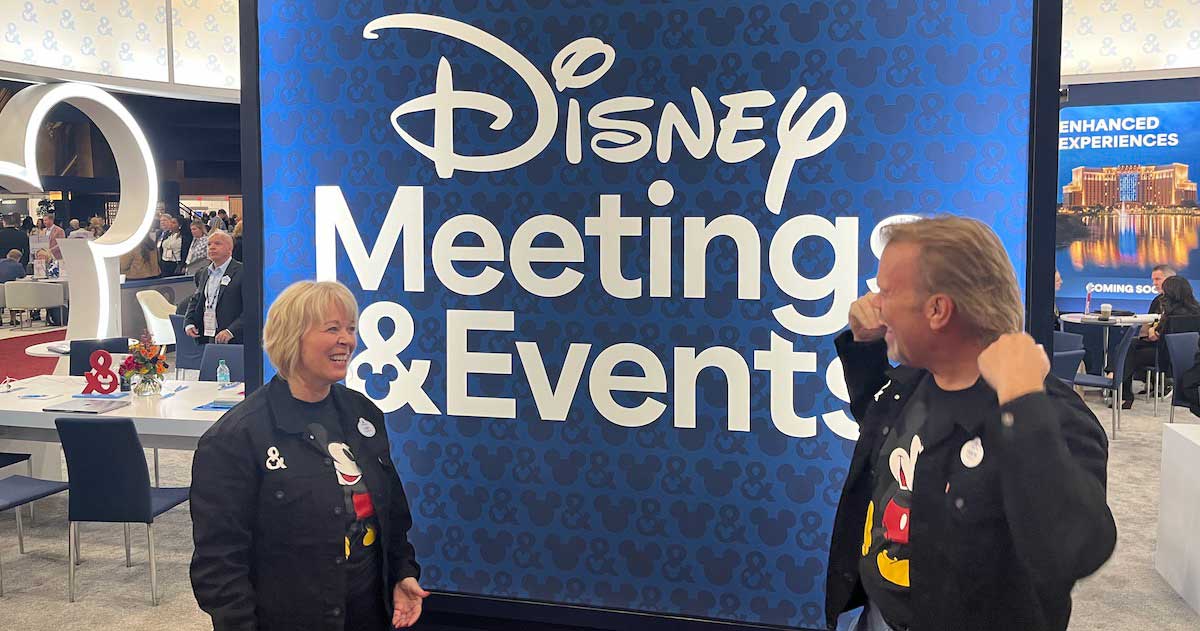Wednesday, June 1 @ IMEX Frankfurt
The Event Design Collective, Roel Frissen, Ruud Janssen
11:00-11:30 and 14:30-15:00: #DESIGNtoCHANGE live podcast recording
13:00-13:25: #DESIGNtoCHANGE - Elevating your abilities to look and act beyond the now
Change, change, change. Meeting professionals have certainly had to get used to uncertainty and change over the past 30 months. I prefer the simpler times when “change” was most often encountered just as a corporate buzzword. Remember when “change agent” was a phrase that demanded attention but then became overused? Well, it turns out that at our best, we’re all agents of change; the COVID-19 pandemic has acted and continues to act as a harbinger of change regardless of industry and nationality. Perhaps it’s more welcoming to not think of “change” but rather to think “improvement” or “enhancement” or even just “better.”
As meeting and event pros all dream of a return to thriving business, the best (and most fortunate) among the lot envision an even brighter business landscape in which there’s an industrywide evolution, leveraging the mass awareness as to the human and business need for face-to-face interactions.
If ever there was an apt chance to focus strategically on change, that time is now. And the latest book by the incredible team from the Event Design Collective (EDC), Design to Change, may well be the intellectual and visual manual to help you reach your own ah-ha moment, as I did when going through their Event Design Canvas program.
Assembled by Roel Frissen, Ruud Janssen and Dennis Luijer—the same team responsible for the groundbreaking Event Design Handbook—Design to Change also includes executive perspectives from Paul Rulkens and mindful commentary and insights by CED MasterMinds (approximately 10% of those who receive the CED designation).
The discussions that have taken place during the Collective’s courses over five-plus years acted as the genesis for this most recent text. Frissen and Janssen say they used their pandemic time in 2020 to focus on Design to Change.
Questions from participants such as “How do you bring this knowledge back to your office/colleagues?” stood out to them as something worth expanding upon. At the heart of that: Having effective conversations.
The introduction to Design to Change sets the rationale and stage well.
“The Event Canvas and its related tools proved to be well-received and well-implemented by event designers and we are encouraged by the success our users are having with the model and of the book. But we have discovered that as event designers have come to embrace the canvas for its analytical methodology and its strategic management, there is still more to master. Additionally, not every stakeholder understands the value of investing in event design in the first place. This book will detail that value.”
If the Event Design Handbook is a book about process, they said, Design to Change is a book about conversation.
“Conversations are like parenting—there are tons of books about it, but no schools for it,” Janssen explained. “This book is a platform for the conversation.”
Design to Change boasts augmented reality (AR) elements throughout (hold a smartphone over the pages and they come to life, providing greater value), not as a gimmick, but as Frissen and Janssen explained, “because you can’t lock conversations into a book, so there’s an online space for those to grow.”
The AR also acts as a metaphor—a gateway to something else.
The tone, design and format of Design to Change will be familiar to anyone who has read the Event Design Handbook—although neither book is a prerequisite for appreciating and understanding the other. Design to Change is akin to a companion to the Handbook. Design to Change is a textbook and a workbook and continues addressing entry-exit behaviors that are at the core of event design.
While the printed book debuted first, an audiobook version, read by North American Event Design Collective Director Anthony Vade, was subsequently released. And really, what better way to consume a book primarily about conversations than by listening to a human voice reading it?
Anyone who has read my earlier pieces about event design—and, particularly, my first-hand experience of going through the EDC’s three-day Event Design Canvas program—will know I’ve already bought into their methodology, logic and the way the education is presented, so, yeah, I’m predisposed to like Design to Change. However, if you’re unsure about the Event Design Handbook or the EDC’s new Design to Change, I’d urge you to download the free samples of each that are available on their site to gauge if the content and format connects with your brain.
